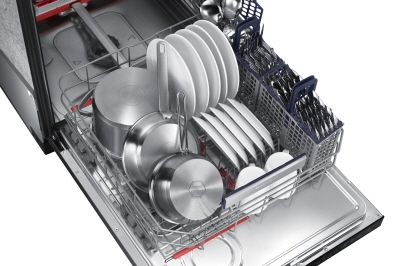Learn the best way to load a Samsung dishwasher

Loading a dishwasher can be tricky, but doing it right will improve cleaning and drying performance. Each Samsung dishwasher includes loading recommendations in the user manual. However, the general recommendations below can be applied to any dishwasher. Let us show you the best way to load a dishwasher.
Other answers that might help
Contact Samsung Support






